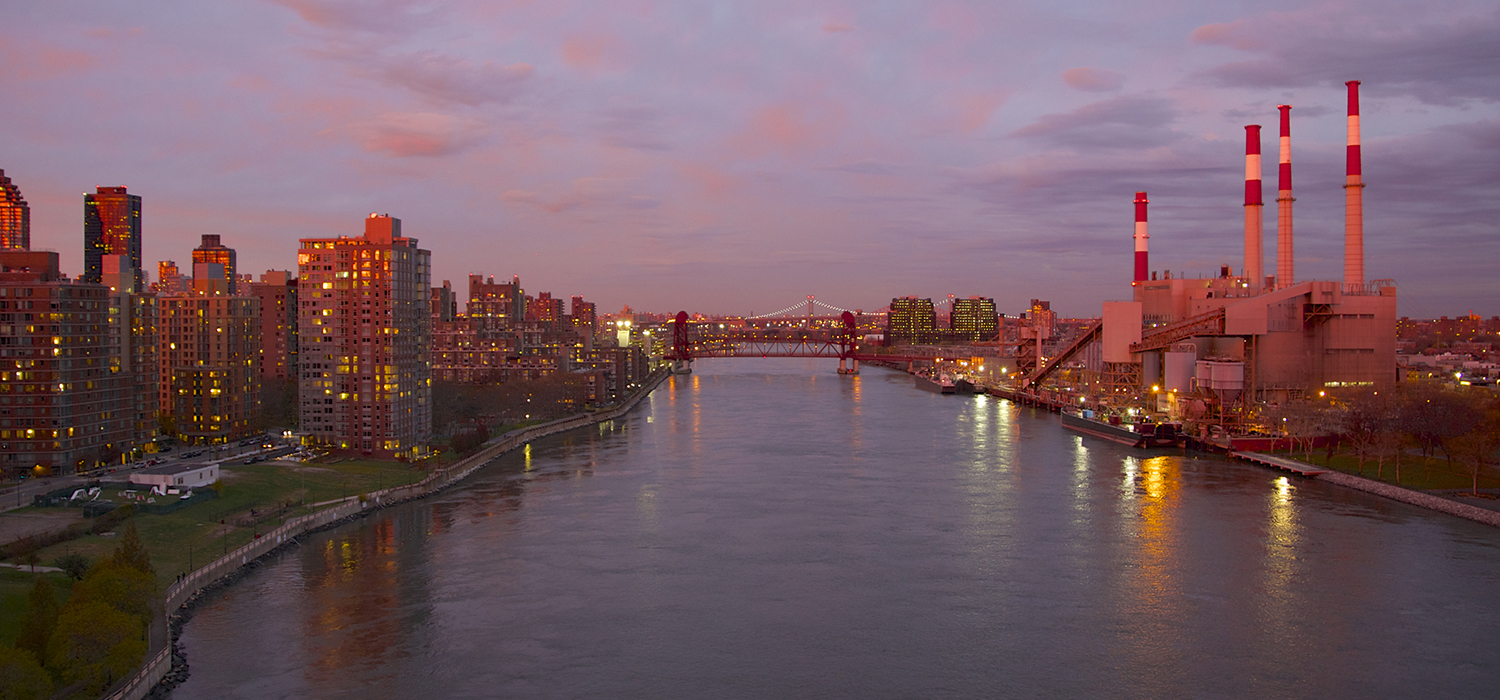
<p> </p>
<p>(Barry Winiker/Getty Images)<br />
</p>
In early August, President Biden signed an executive order setting a target to make 50 percent of all new cars sold in 2030 electric vehicles. This announcement follows a wave of transit authorities committing to fully electric bus fleets—including DC’s recent plan for a full transition by 2045, Chicago’s push for a full transition by 2040, and LA’s commitment to a zero-emission fleet by 2028.
The transportation sector is the largest source of greenhouse gas emissions in the US, and cars and trucks make up 82 percent of the sector’s emissions. Accelerating the transition away from combustion vehicles is a crucial step toward both meeting emission reduction goals and offering public health co-benefits from reduced tailpipe point source pollution.
But electric vehicles depend on power produced elsewhere to recharge, making them only as environmentally beneficial as their local power generation source. This can lead to an inverse result: if available power sources rely on fossil fuels, increasing the number of electric vehicles on the road could increase overall greenhouse gas emissions and deadly pollution in nearby communities—communities where people with low incomes and people of color are most likely to live.
To avoid exacerbating harms to these communities, policymakers can use environmental justice principles to prioritize cleaning the worst-emitting power plants and ensure the electric vehicle transition doesn’t disproportionately affect any group.
Who bears the burden of increased demands for electricity?
If everyone in the US switched to an electric vehicle, it could increase the overall electricity demand by around 25 percent. Research that explored air quality changes from having more electric vehicles on the road found that without transitioning the power grid to renewable sources, increased pollution could have significant adverse health impacts on communities surrounding power plants—which are disproportionately communities of color and low-income communities.
More than two-thirds of Black people live within 30 miles of a coal power plant, and Indigenous and Latinx people are also more likely than white people to live near one. A recent study found that Black people and people with low incomes face the highest risk of death from pollution generated by electricity power plants, underscoring the inequitable environmental and health effects of our current power grid. These environmental injustices result from decades of deliberate and discriminatory policies, including redlining, racist siting practices, and persistent exclusionary zoning codes that make it more likely for polluting industrial facilities to be placed in communities of color.

How policymakers can mitigate the risks that accompany increased electricity demands
The US Senate recently passed a $1.2 trillion infrastructure bill, which, if enacted, would be one of the largest influxes of federal funding into infrastructure in decades. As it’s currently written, the bill would direct $73 billion to modernize the electrical grid through new transmission lines to expand the capacity for renewables and investments in smart grids and research hubs. However, there is no federal mandate in the bill, or elsewhere, to reduce greenhouse gas emissions, nor are there directives to rapidly transition away from a reliance on fossil-fuel energy sources.
So how can policymakers use the funds in the most purposeful way to right environmental inequities and deliver on Biden’s racial justice pledges as we move into the next stage of energy production?
Targeting the dirtiest power plants located in communities of color for retirement or transition to renewable energy is an evidence-based approach that could help reach these goals by affirming the right for all people to live in healthy and safe environments without disproportionate burden—a key environmental justice principle. Grassroots environmental justice organizations in Chicago were able to successfully shut down two of the city’s worst-offending power plants located in predominately Latinx communities through a multiyear advocacy, legal, and legislative campaign and demonstrate the success of this approach.
The largest polluting plants have outsize emissions and disproportionately destructive effects on public health, so targeting the worst polluters can make an tremendous dent in emission and pollution reductions (PDF). What’s more, the resulting improvements in air quality can create health benefits that equate to economic benefits outweighing the cost of greenhouse gas abatement.
As the federal government distributes infrastructure funds, policymakers can incentivize clean energy in historically disinvested areas near power plants. By targeting power plants in these areas, policymakers can advance multiple goals at once: reducing greenhouse gas emissions, advancing racial equity, and reducing the burden on low-income communities.
The Urban Institute has the evidence to show what it will take to create a society where everyone has a fair shot at achieving their vision of success.
Show your support for research and data that ignite change.
Let’s build a future where everyone, everywhere has the opportunity and power to thrive
Urban is more determined than ever to partner with changemakers to unlock opportunities that give people across the country a fair shot at reaching their fullest potential. Invest in Urban to power this type of work.